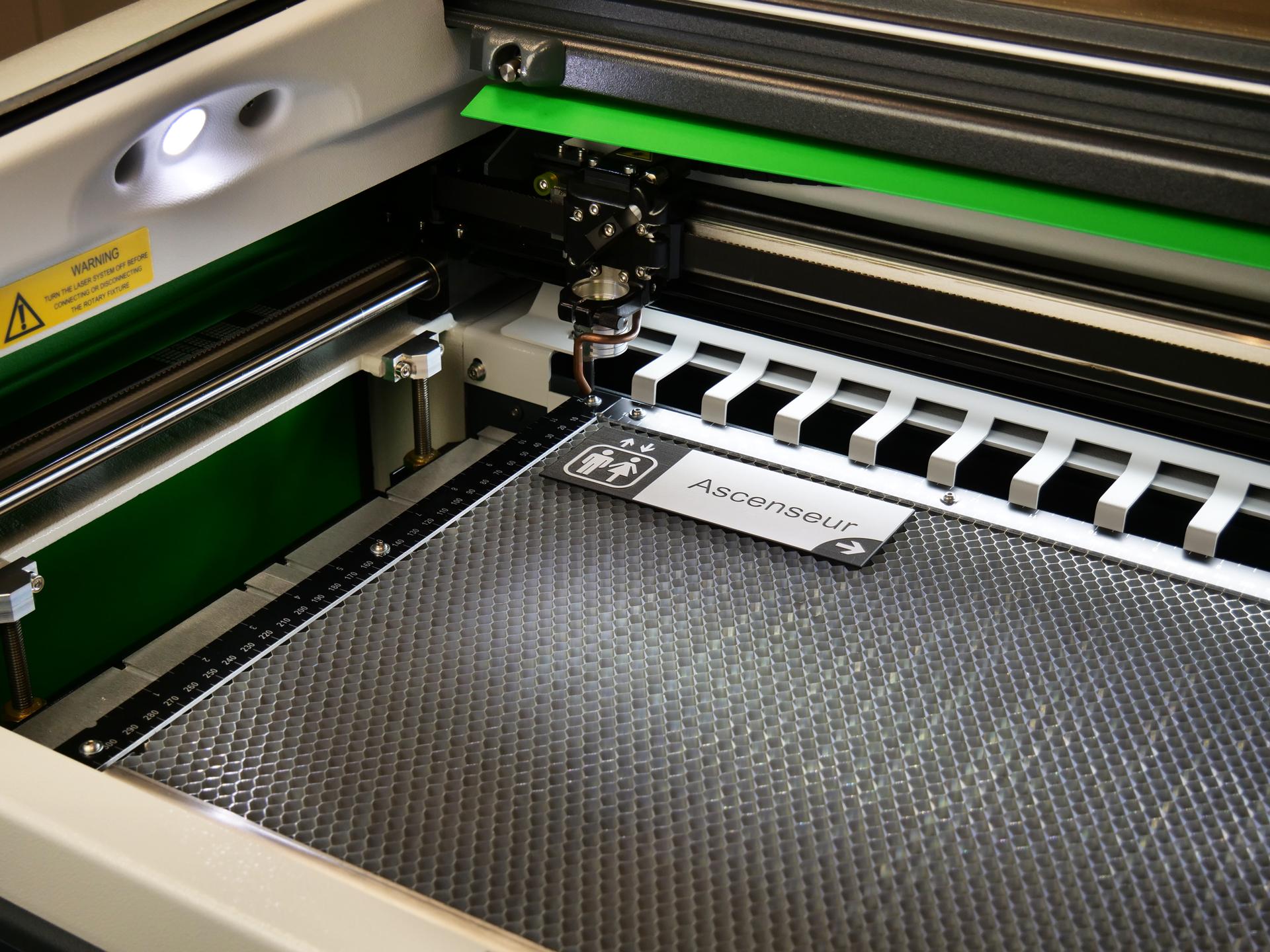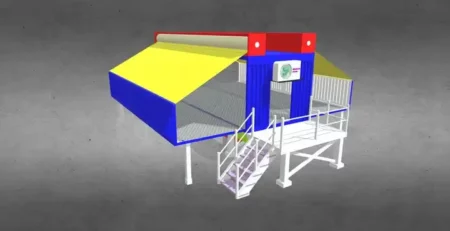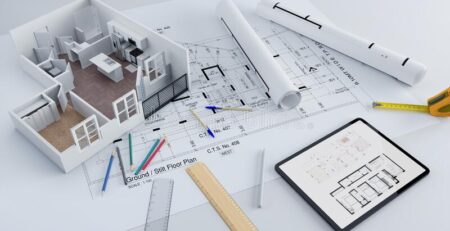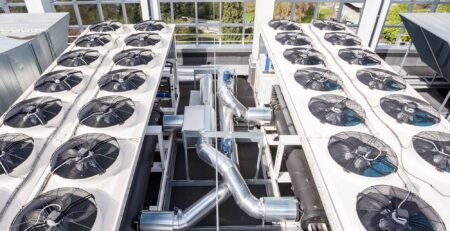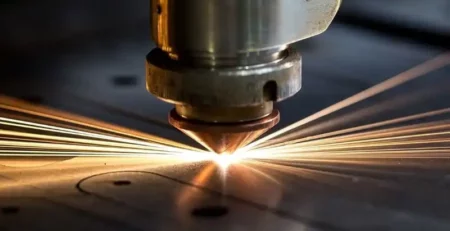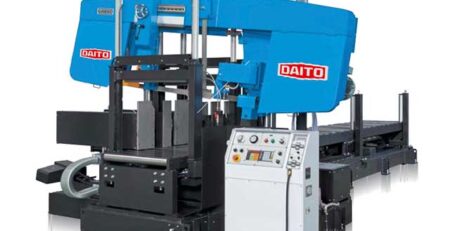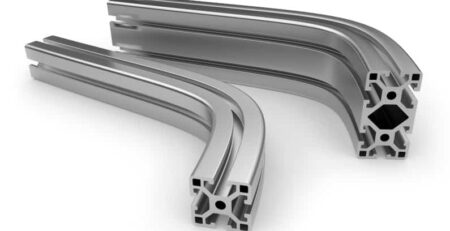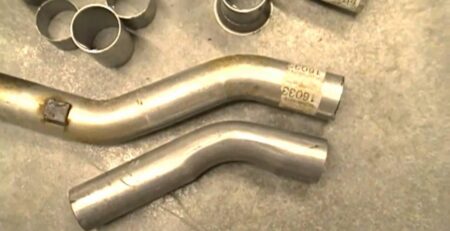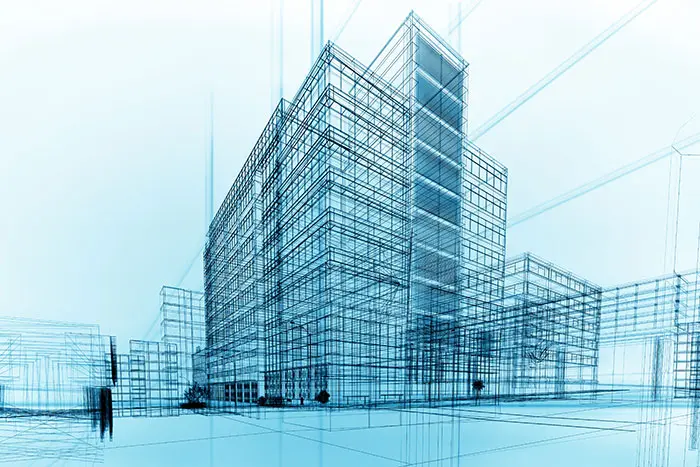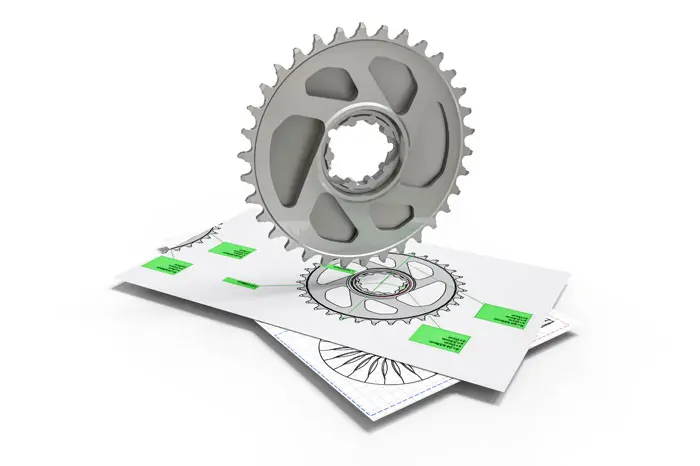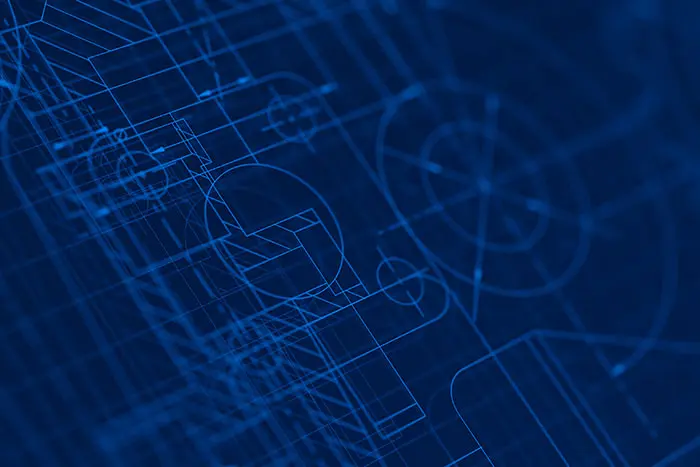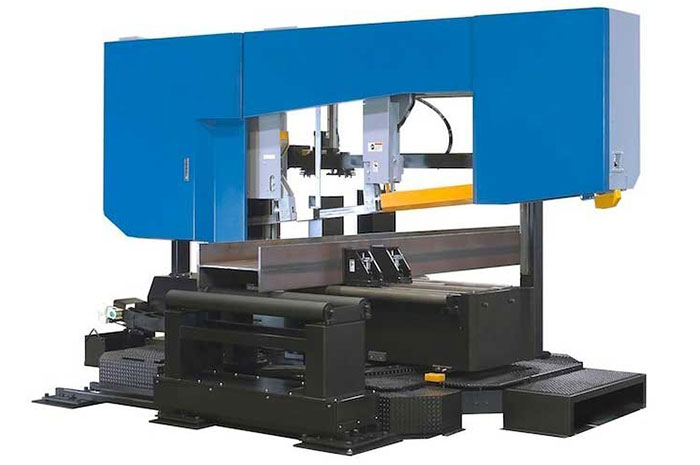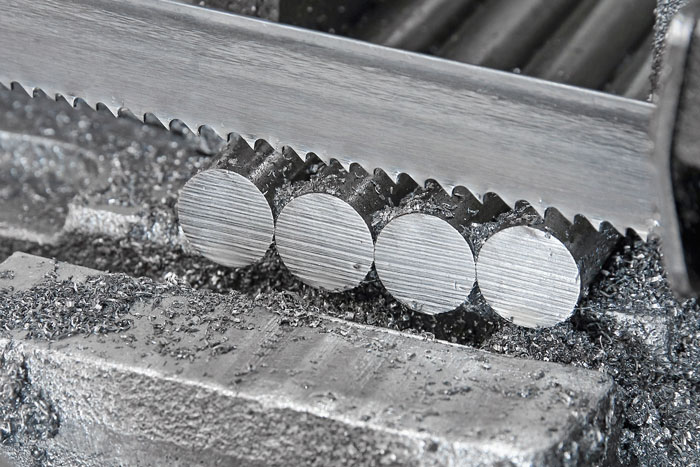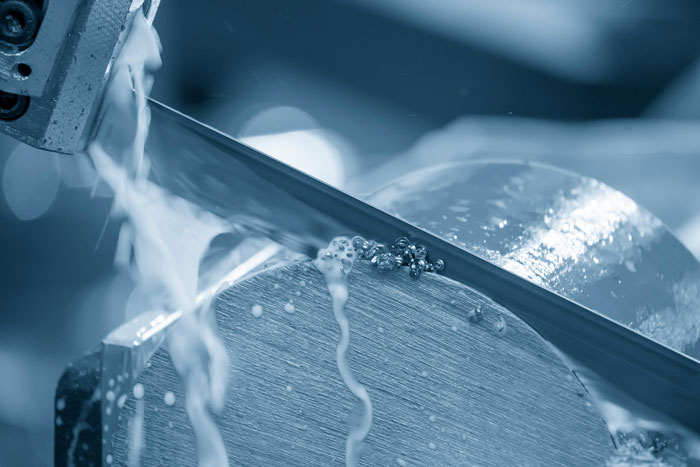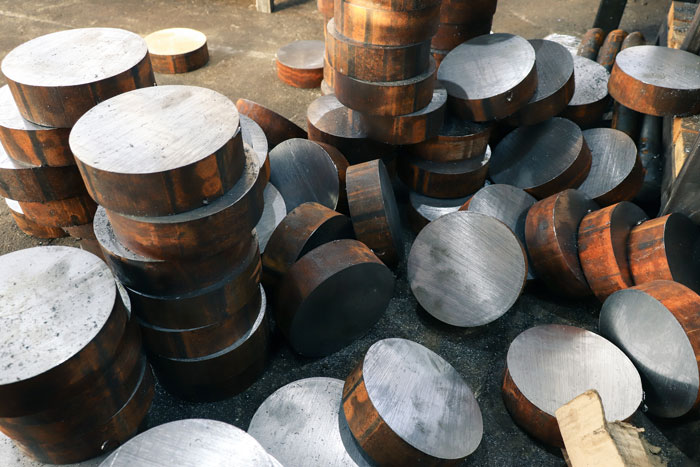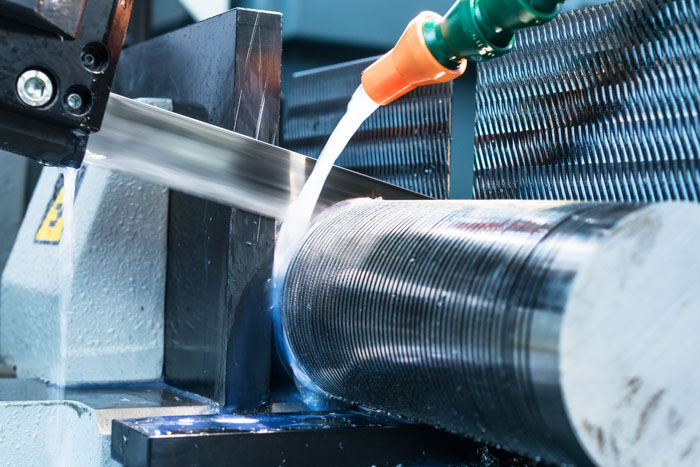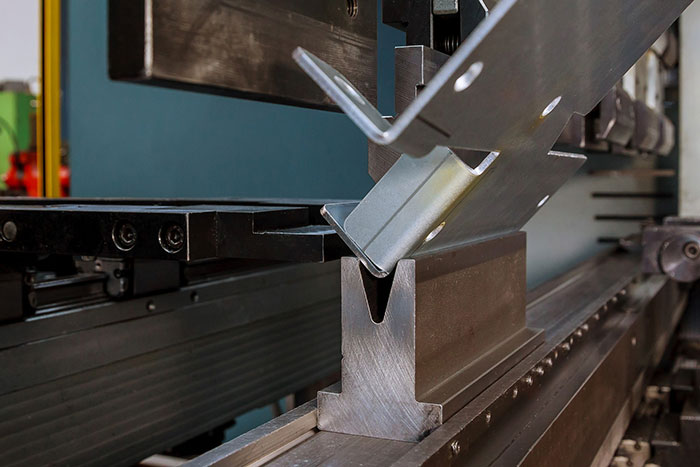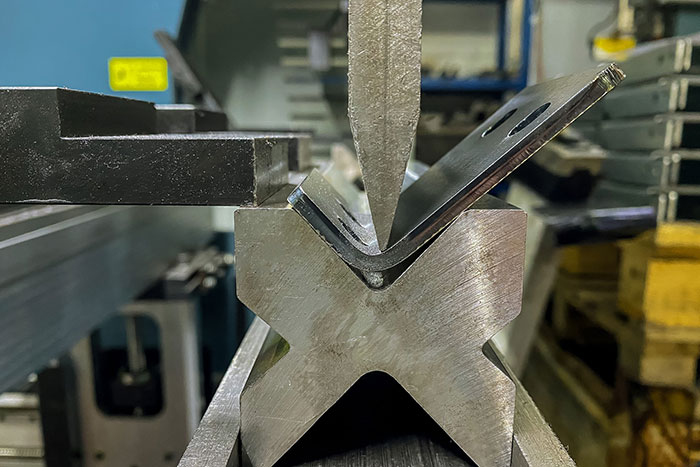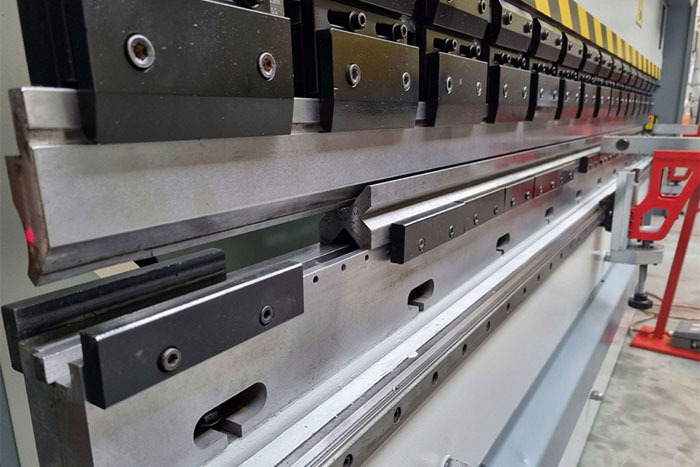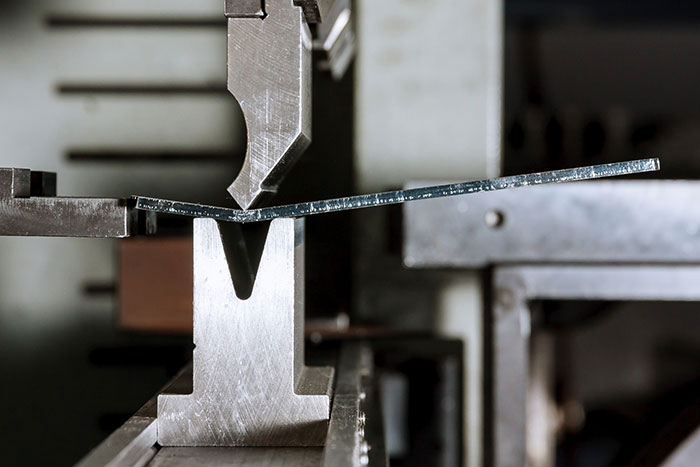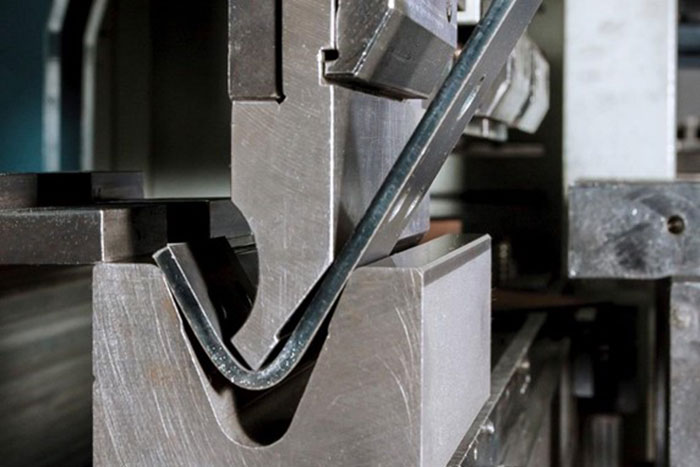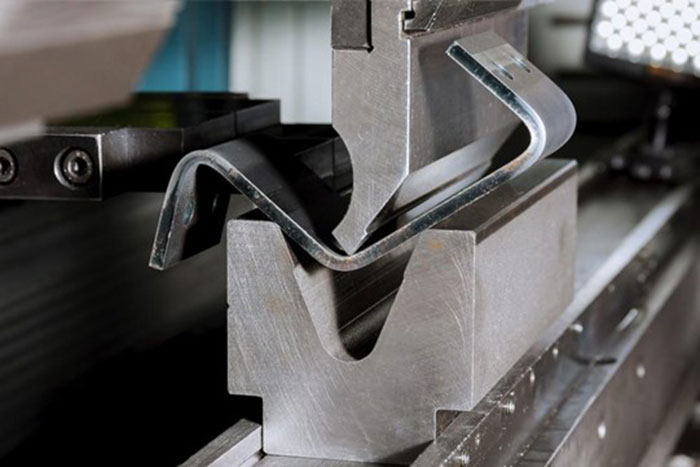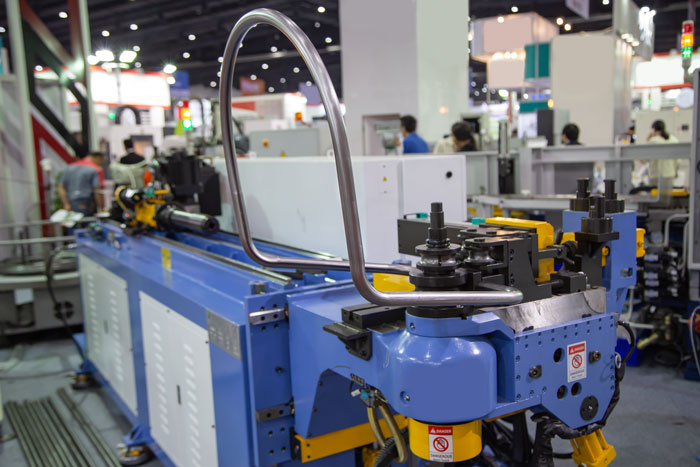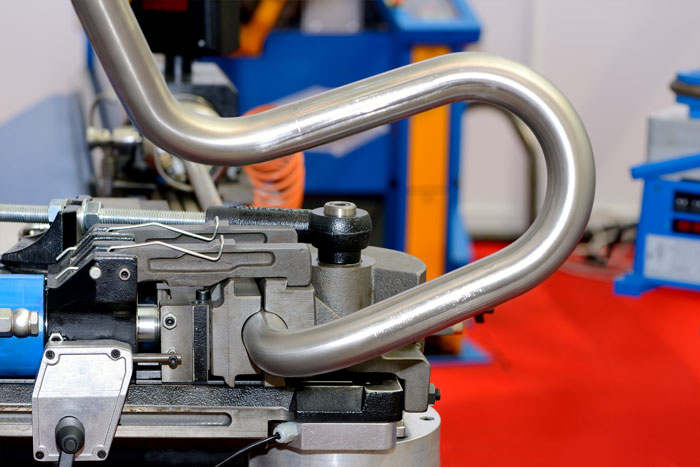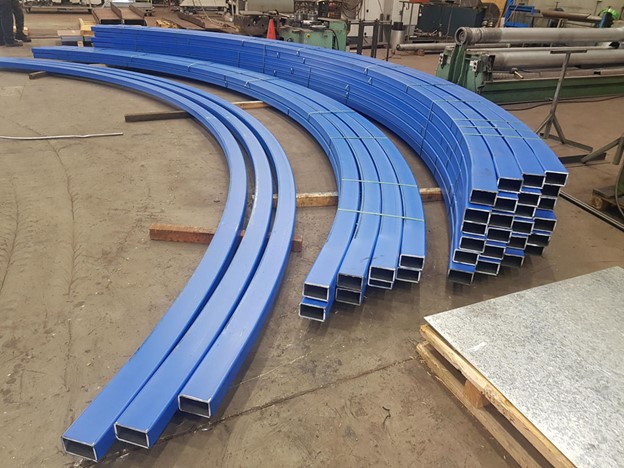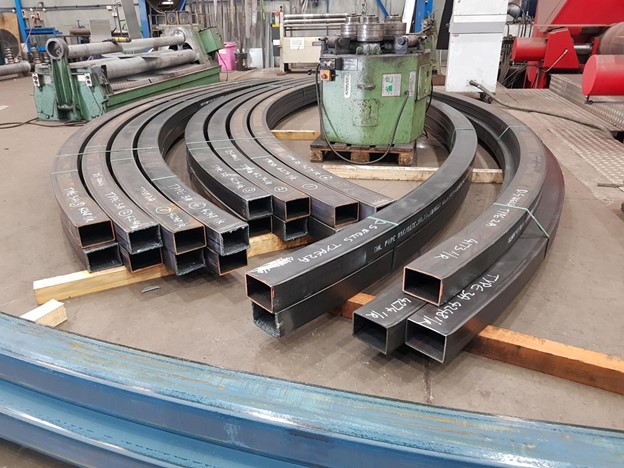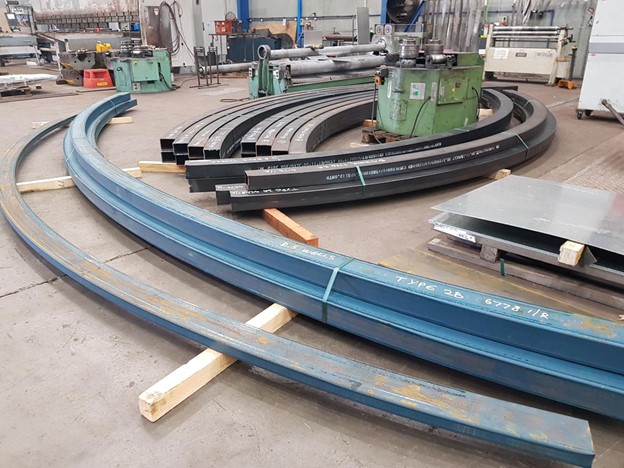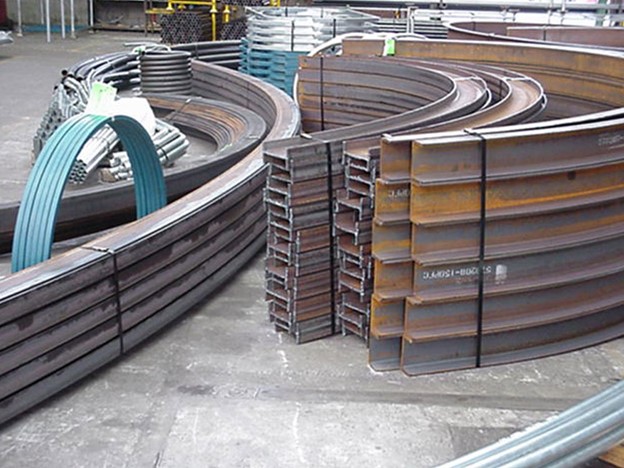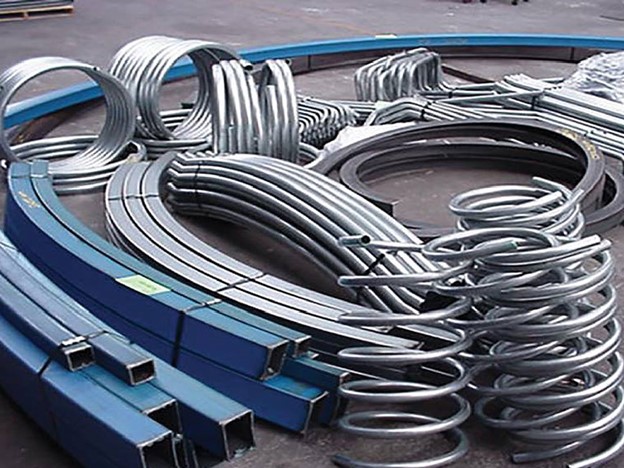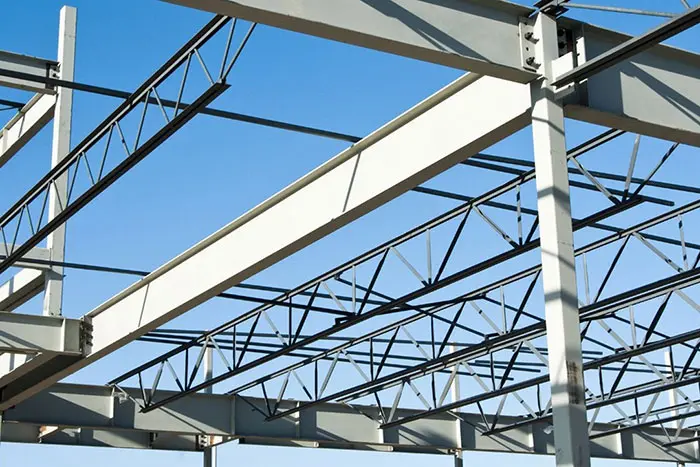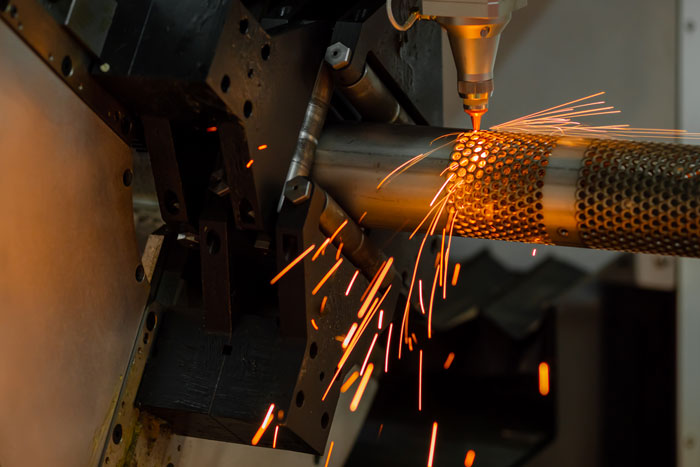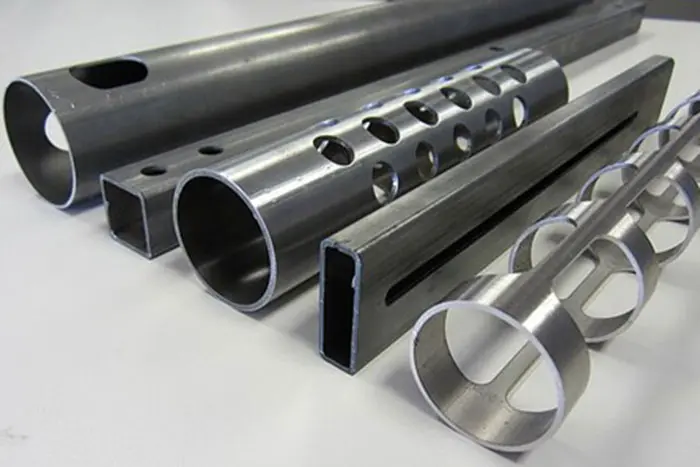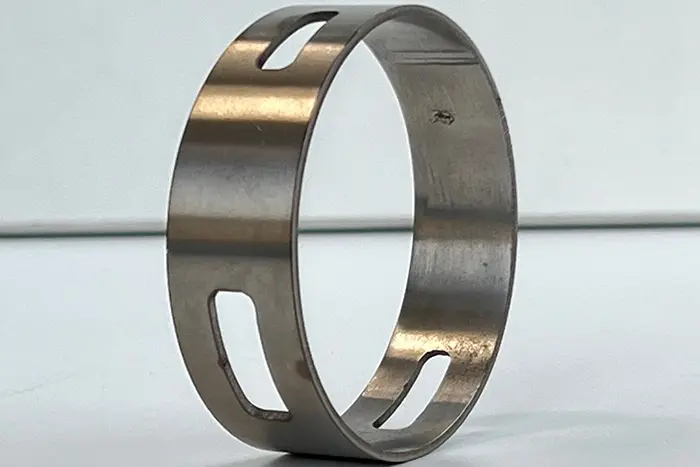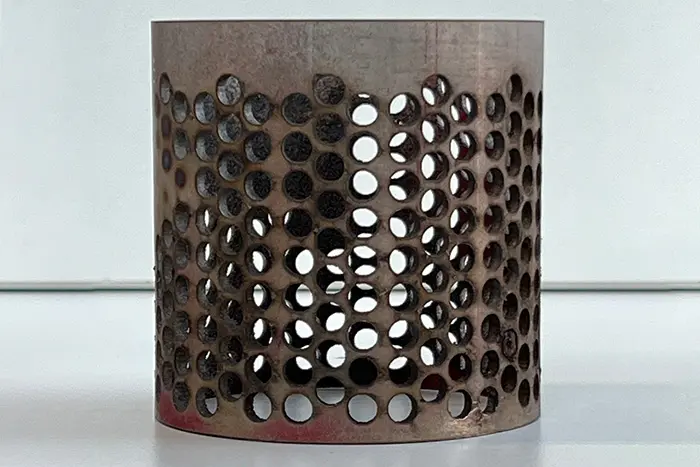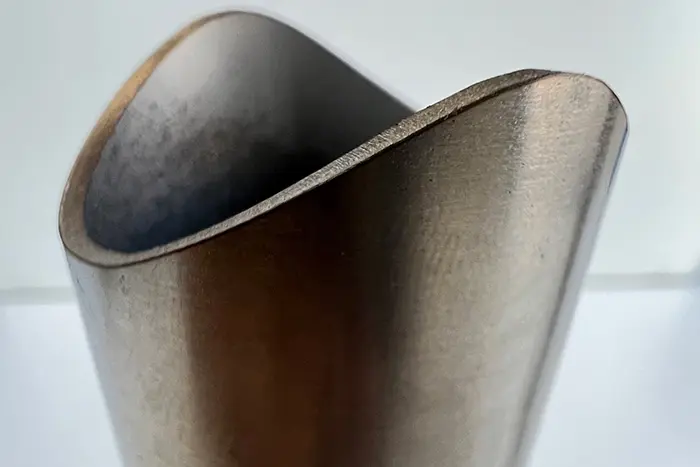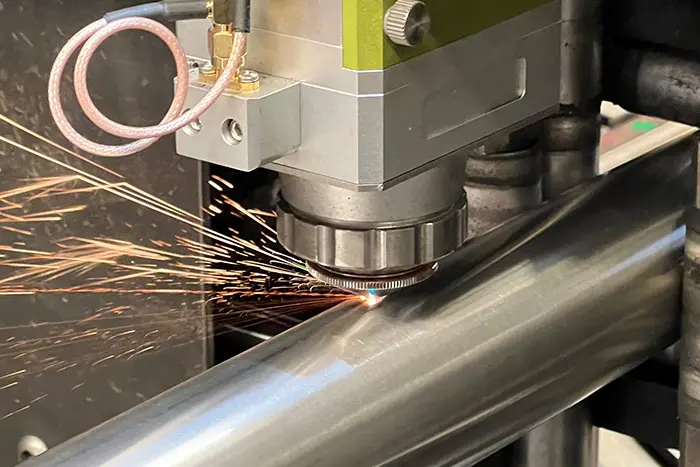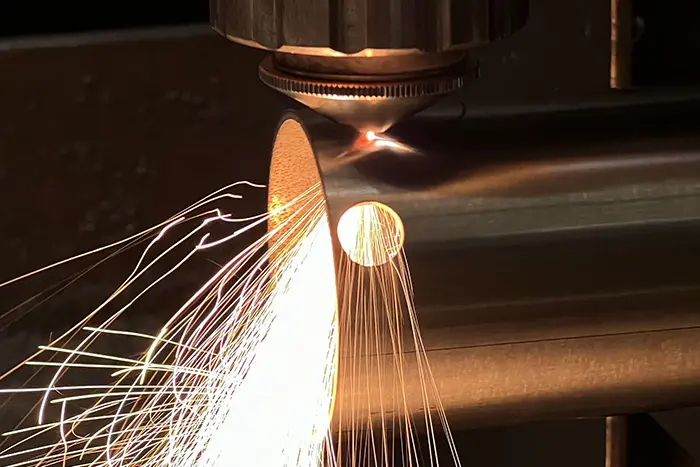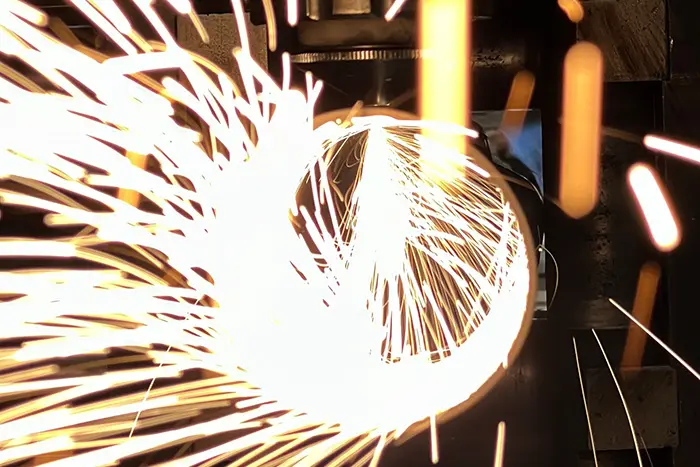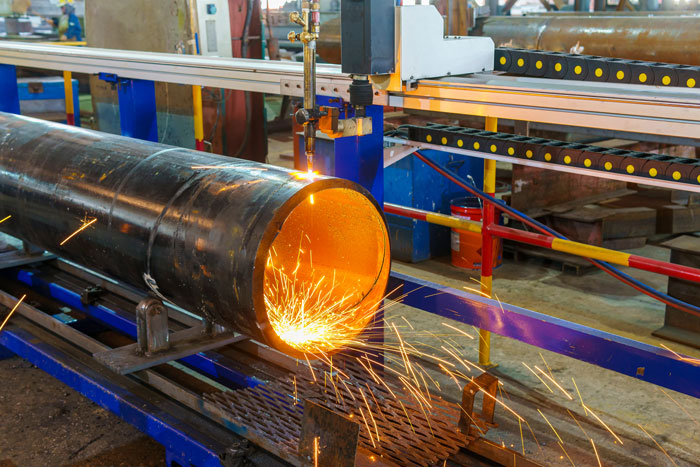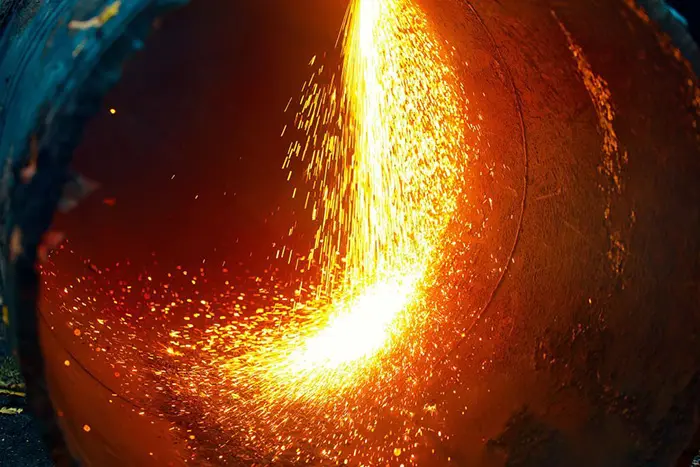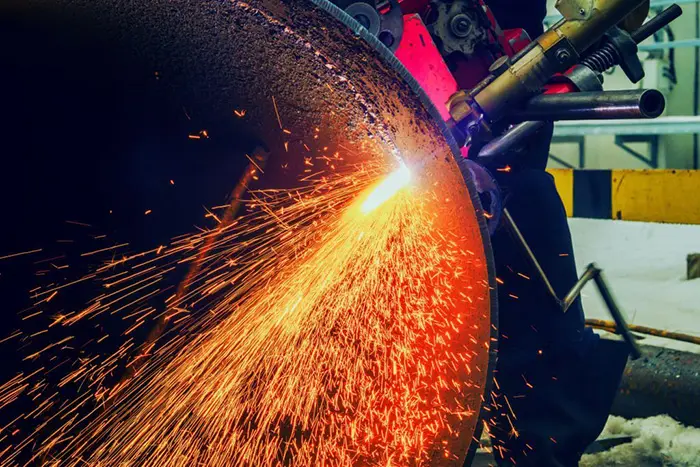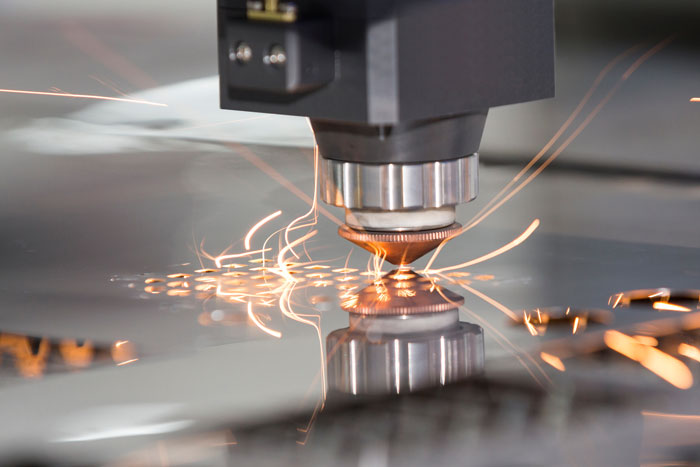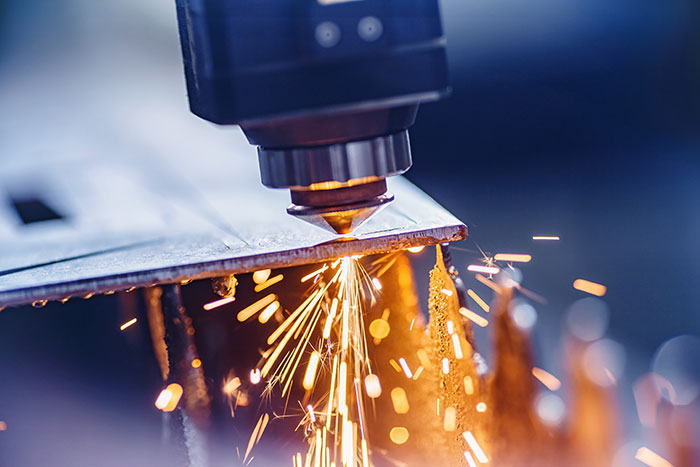How to Optimize Material Usage and Minimize Waste in Flat Laser Cutting

Flat laser cutting is a highly efficient and precise manufacturing process that offers numerous benefits, including reduced production time, intricate designs, and high-quality cuts. However, one area where manufacturers can further improve their processes is in optimizing material usage and minimizing waste. By implementing effective strategies, manufacturers can not only reduce costs but also contribute to environmental sustainability. In this article, we will explore some key practices to optimize material usage and minimize waste in flat laser cutting.
Tips and suggestions
- Accurate Nesting and Layout Planning: Proper nesting and layout planning are essential for optimizing material usage. Nesting refers to arranging the shapes to be cut on the material sheet in a way that minimizes waste. Utilizing advanced nesting software can help determine the most efficient arrangement, considering factors such as part sizes, shapes, and quantities. By maximizing the utilization of each material sheet, manufacturers can significantly reduce material waste.
- Material Selection and Thickness Consideration: Choosing the right material and thickness is crucial in minimizing waste. Carefully assess the project requirements and select the appropriate material type and thickness to meet the desired specifications. Avoid using excessive thickness that adds unnecessary weight or costs. Additionally, consider alternative materials or sizes that could offer similar performance while reducing material waste to Optimize Material Usage and Minimize Waste in Flat Laser Cutting.
- Optimal Cutting Parameters: Fine-tuning cutting parameters is essential for optimizing material usage. Adjusting the cutting speed and power and assisting gas flow to match the material and thickness can improve cutting efficiency and reduce unnecessary material removal. Regularly monitor and update cutting parameters based on material characteristics and cutting requirements to achieve the best results while minimizing waste.
- Efficient Part Nesting and Layout Design: Designing parts and their layout with efficiency in mind can significantly impact material usage. When creating part designs, consider incorporating features that allow for nesting optimization, such as shared boundaries or common cuts. Additionally, design parts in a way that minimizes scrap or unused material. Careful planning and efficient part design can contribute to significant savings in optimizing material Usage and minimizing waste in Flat Laser Cutting.
- Recycle and Reuse: Implement a recycling and material reuse program within your manufacturing facility. Collect and segregate leftover or scrap materials, and identify opportunities to reuse them for smaller components or prototypes. Recycling programs can be established in collaboration with local recycling facilities to ensure proper disposal and utilization of waste materials.
- Continuous Improvement and Data Analysis: Regularly analyze data related to material usage, waste generation, and cutting efficiency. Utilize software tools that track and monitor material utilization to identify areas for improvement. Analyzing this data allows manufacturers to identify patterns, optimize processes, and implement strategies for reducing waste and improving material usage efficiency to Optimize Material Usage and Minimize Waste in Flat Laser Cutting.
- Employee Training and Awareness: Provide comprehensive training to employees involved in the flat laser cutting process. Educate them on the importance of optimizing material usage and minimizing waste. Encourage employee involvement and provide them with the necessary tools and knowledge to actively contribute to waste reduction efforts.
- Scrap Material Utilization: Identify opportunities to utilize scrap material effectively. Even with careful planning, there may be instances where leftover pieces or small sections of material are generated. Instead of discarding them as waste, consider repurposing them for smaller components or using them for prototyping and testing purposes. This approach can help maximize and Optimize Material Usage and Minimize Waste in Flat Laser Cutting.
- Just-in-Time Manufacturing: Implement a just-in-time (JIT) manufacturing approach to minimize excess inventory and material waste. By aligning production schedules with customer demand, manufacturers can reduce the need for large stockpiles of materials, thereby minimizing the risk of waste due to material obsolescence or deterioration. JIT manufacturing allows for better control over material inventory and ensures that materials are used efficiently without unnecessary waste.
- Collaboration with Suppliers: Engage in collaborative partnerships with material suppliers to Optimize Material Usage and Minimize Waste in Flat Laser Cutting. Work closely with suppliers to understand their offerings and identify opportunities for custom sizing or tailored material options that better align with your specific project requirements. By collaborating with suppliers, you can reduce material waste resulting from excessive ordering or using materials that are not an ideal fit for the project.
- Quality Control and Inspection: Implement rigorous quality control measures to minimize errors and rework that can lead to material waste. Regularly inspect the output of the flat laser cutting process to identify any issues early on and make necessary adjustments. By maintaining high-quality standards, you can reduce the need for re-cutting or discarding parts due to errors, thereby minimizing material waste.
- Continuous Process Optimization: Regularly review and Optimize Material Usage and Minimize Waste in Flat Laser Cutting to identify areas of improvement. Seek feedback from operators and employees involved in the process to gather insights and suggestions for enhancing efficiency and reducing waste. Embrace a culture of continuous improvement where everyone is encouraged to contribute ideas and implement changes that optimize material usage.
Optimize Material Usage and Minimize Waste in Flat Laser Cutting

By implementing these strategies, manufacturers can Optimize Material Usage and Minimize Waste in Flat Laser Cutting processes. Not only will this help reduce costs and improve profitability, but it will also contribute to environmental sustainability by reducing the consumption of raw materials and minimizing waste generation. Embracing these practices will not only benefit the manufacturing process but also showcase a commitment to sustainable and responsible business practices.
You can also read Unleashing Creativity: The Role of Flat Laser Cutting in Jewelry Design and Manufacturing in tubetech for more information in

